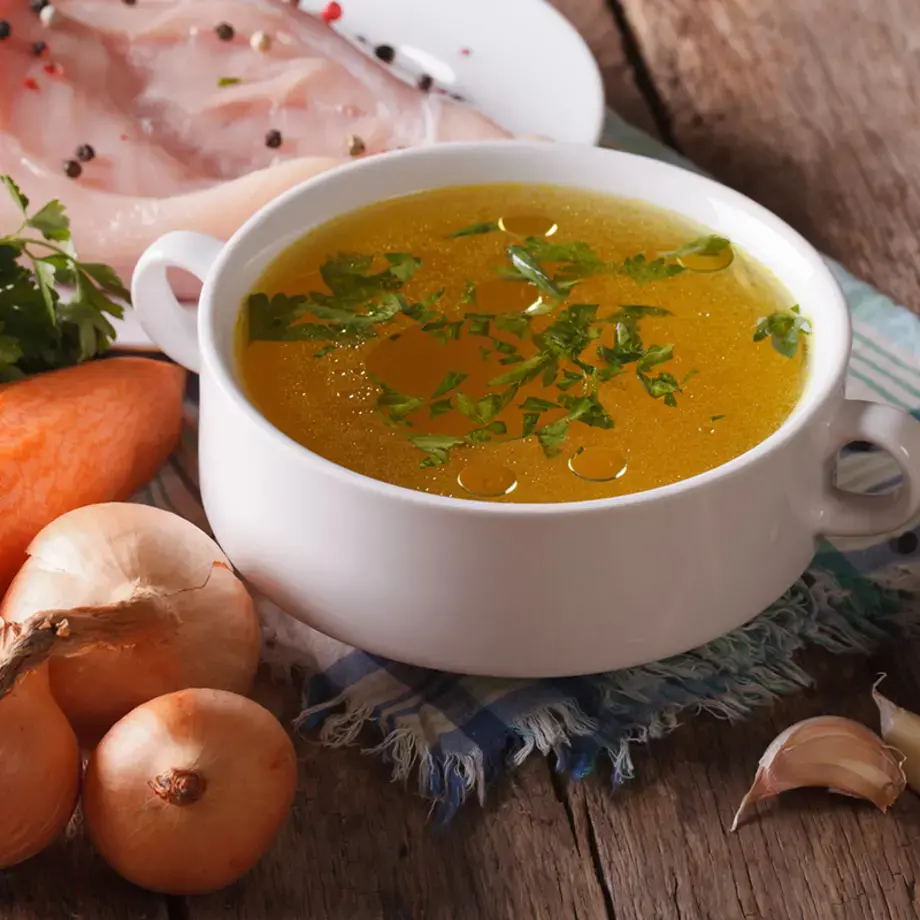A vinegar mother will make your future vinegar production a heck of a lot easier. These things are unusual beasts – an amalgamation of cellulose and acetic acid bacteria that forms into a jelly at the bottom of fermenting alcoholic liquids, like wine or cider. It looks like something that might be served up as molecular cuisine in a Michelin-starred restaurant, but we wouldn’t recommend having a taste.

Photo: iStock
How to Make Vinegar Mother: Tips and Benefits

Instead, pop it into some more wine or cider and let the bacteria (specifically mycoderma aceti) work its magic with a little help from our old friend oxygen. Leave it to its own devices for a few weeks in a warm spot and you’ll soon be able to enjoy your own homemade vinegar.
Here we’ll show you how to make your own vinegar mother, whatever alcohol you decide to make it from, and begin your own journey into vinegar making.
How to make vinegar mother
All you need to create your own vinegar mother is a large glass jar, a bottle of alcohol, a bottle of vinegar, and a warm place. The rest is patience.
Step one: Choose your time and place
The ideal temperature for creating a vinegar mother is about 60–80°F / 15–25°C, so it’s a good idea to plan what time of year you want to start making it in advance. If you live in quite a temperate climate, you may not need to think about this too much.
You may be able to counteract hostile temperatures with a smart choice of location. For instance, if it’s too cold, try starting your batch of vinegar off in the airing cupboard or by a radiator for a week or so. If it’s too hot, your batch may benefit from a cool cellar or similar environment.
Step two: Prepare your alcohol and vinegar
You’re free to experiment, but some alcoholic drinks are much better suited to producing vinegar than others. This isn’t just a matter of taste, but also ease. The best alcohol drinks for creating your first vinegar mother are:
- Red wine
- White wine
- Rice wine
- Cider
- Beer
There are three important things to note at this stage:
- You can create a vinegar mother in one type of alcohol and then use it to turn other types of alcohol into vinegar. (For instance, an apple cider vinegar mother will turn a red wine into red wine vinegar with no problems, and vice versa.)
- Stronger alcohols will make it difficult for bacteria to grow. It’s easier to create a vinegar mother in alcoholic drinks under 6% ABV but you can always dilute them (as you will need to with wines) or cook some of the alcohol out. (Obviously, dilution is the much easier method.)
- Use a good quality alcohol. Organic, unfiltered and unpasteurised are desirable if you can get your hands on them. Additives like sulfites (common in wines) can disrupt the fermentation process and make it difficult for a vinegar mother to form.
That last point should also inform your choice of vinegar. Whatever its base alcohol, a 'live' vinegar (unfiltered and unpasteurised) will make starting the fermentation process much easier.
Step three: Combine and wait
Before you start making your vinegar, it’s important to deal with potential sources of contamination. Use a non-reactive jar (in other words, glass), wash your hands thoroughly, and remove all metal jewellery (especially from your hands and wrists).
Now take equal parts of your choices of alcohol (diluted if necessary – see above) and vinegar.

Warm the vinegar in a saucepan and pour it into the jar. Then pour in the alcohol.
Cover the jar with a clean tea towel, cheese cloth, or muslin. This will allow oxygen in while protecting your vinegar from bugs and insects.
After 3 or 4 weeks the mother should start to form and slowly grow larger as it turns the alcohol into vinegar. At this point you can replace the muslin with the jar lid.
Once all the alcohol has become vinegar (taste it and see), you can siphon it off into bottles and add more alcohol (whether the same or different) for another round.
As you reuse the mother, more mothers will form on top. You can either spread these across other batches or give them to friends to embark on their own vinegar making journeys.
Benefits of vinegar
Although you probably wouldn’t want to down a glass of the stuff, vinegar can be a very healthy addition to your diet. Different vinegars contain different nutrients, but the probiotics (aka 'good bacteria') contained within can aid digestion and, consequently, are thought by some to also help regulate your weight. These good bacterias can also help fight off pathogens in your body, lending support to your immune system.

Vinegar can also help boost the health of your skin, hair and nails, although it’s thought you probably need to apply it directly (as a shampoo substitute or facial toner, for example), rather than eat it. Probably best not to try this right before a date.
How to use vinegar in the kitchen (and not only for cooking)
Mastering vinegar need not be the domain of professional chefs. It can also make life in the kitchen a hell of a lot easier.
Don’t be afraid to add a little acidity to your cooking. It’s often essential to balancing the flavour profile of the food, especially when in harmony with sweet flavours. Salad dressings, sauces and condiments can all benefit from a dash of vinegar. It’s also valuable for meat, fish, and vegetable glazes, as well as fruity desserts. A splash of chilled vinegar can also add a satisfying flake to pastries and pie crusts.

And vinegar continues to be useful even once the cooking’s finished. An equal-part white vinegar–water mix is effective for mopping floors, cleaning grease off your stove, and scrubbing limescale off the kitchen sink. The same mix is also good for cleaning stained plastics, like chopping boards, and can be run through a coffee machine or boiled in a kettle to help shift hardened-on limescale.
Cooking the vinegar–water mix in stainless steel or enamel pots and pans can help them regain their sheen and, similarly, a dab of vinegar can help revive cloudy glasses. Alternatively, you can also mix equal parts white vinegar and baking soda to clean gunky baking trays and oven shelves as well.






